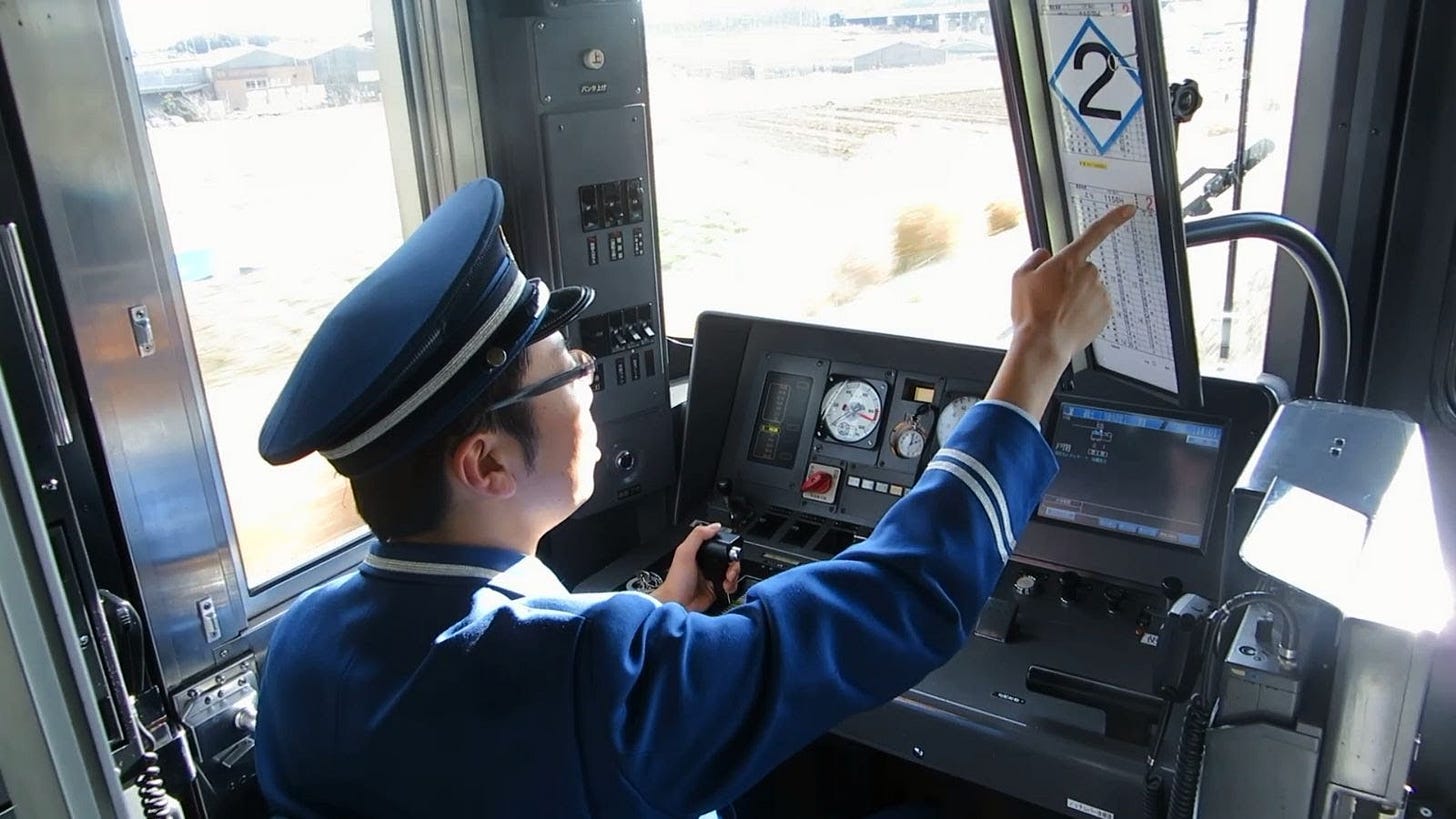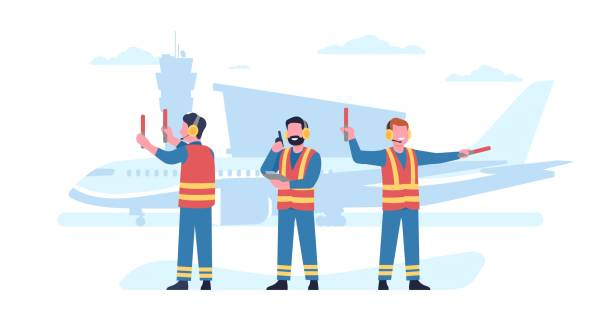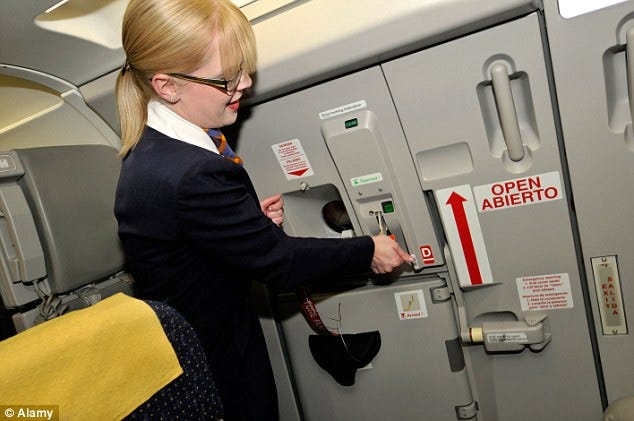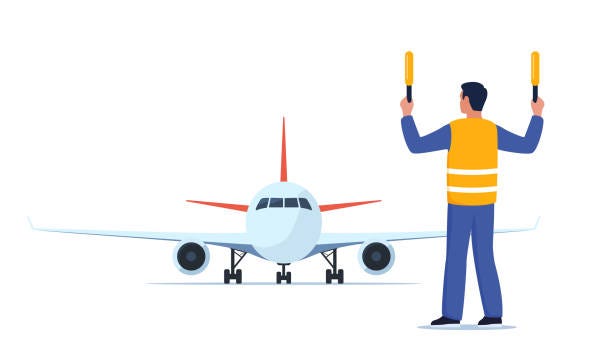Adapting safety standards to ADHD
"Point and call" is not only a technique that improves safety in aviation but also a valuable strategy for someone with ADHD
"Point and call" is a safety practice designed to minimize human error by combining visual and verbal confirmation of critical tasks. While this technique is widely adopted in railways and aviation, it offers valuable insights for people with ADHD, providing a structured approach that helps us enhance focus and complete tasks.
The technique originated in Japan as a response to the noisy environment of steam locomotives, helping train drivers communicate clearly. In Japanese, it is called "shisa kanko," a phrase meaning ‘point with finger and call.’ It has been described as a practical demonstration of the Buddhist concept of mindfulness. Over time, it has been adopted in various industries worldwide, especially in high-risk situations like railway operations and elevator maintenance.
In "shisa kanko," a train driver does not just glance at the speedometer to check the speed. Instead, they point at it and call out, “speed check, 80,” to confirm the action and the correct speed verbally. Similarly, station staff use this technique to ensure platforms and tracks are clear. A platform attendant will point along the track and sweep their arm along the platform while visually confirming safety, declaring it all clear. They repeat this action as the train departs to make sure no passengers or bags are caught in the doors.
In aviation, "point and call" is particularly effective during high-stress or critical phases of flight, such as pre-flight checks, takeoff, and landing. Let's examine a bit further how it typically works and how it can possibly apply to the ordinary tasks of those with ADHD:
Pre-Flight Checks
Before a flight, pilots and ground crew perform thorough checks of the aircraft’s systems and controls. When they utilize the "point and call" technique, a pilot points to specific instruments or switches while verbally confirming their status. For instance, saying, “Altimeter: set to current pressure” while pointing to the altimeter ensures that both the action and its status are clearly confirmed.
When we relate this to our routine with ADHD, we can say that incorporating a similar method can help reinforce focus during tasks by combining visual cues with verbal affirmations, making it easier to stay on track.
Takeoff and Landing
During takeoff and landing, "point and call" verifies whether all critical settings and configurations are correct. A pilot might point to the flaps control and say, “Flaps: set to takeoff position,” which reduces the chance of oversight.
For someone with ADHD, this method can help manage distractions and ensure that important steps are not overlooked, as the act of vocalizing the task adds a layer of accountability.
In-Flight Tasks
Throughout the flight, "point and call" can be used for routine checks, such as verifying autopilot settings or monitoring fuel levels. By pointing to relevant instruments and verbally confirming their readings, pilots create a thorough confirmation process.
Those of us with ADHD can benefit from this structured approach by applying it to daily tasks—such as checking off items on a to-do list—transforming potentially overwhelming tasks into manageable steps.
Benefits for People with ADHD:
1. Reduces Human Error: Combining verbal and visual cues, "point and call" helps ensure that tasks are completed accurately, which is particularly beneficial for those with ADHD who may struggle with memory and attention. This technique creates a clear checklist that can be easily followed, reducing the likelihood of mistakes.
2. Enhances Situational Awareness: Engaging multiple senses—sight and hearing—definitely improves awareness. This multisensory engagement is particularly important for someone with ADHD, as it can help keep them grounded in the present moment, enhancing their ability to focus and stay on task.
3. Improves Communication: In a cockpit, clear verbal confirmations help ensure that all crew members are aware of the current status of various systems and checks, which is crucial in multi-crew operations. Similarly, those with ADHD can benefit from clear communication techniques, whether with themselves or in team settings, to clarify expectations and responsibilities.
Studies have shown that pointing and calling can significantly reduce mistakes—by nearly 85%—making it an effective tool in promoting safety in various operations. While achieving an 85% improvement would be a dream, any enhancement is welcome!
Overall, "point and call" is not only a practical technique that improves safety in aviation but also a valuable strategy for someone with ADHD. By incorporating this method into our daily routines, we can enhance task performance, reduce distractions, and navigate life’s challenges with greater confidence and reliability.
Living with ADHD means an eternal search and experimentation for methods and systems to better manage our symptoms. Structured techniques like "point and call" can be helpful in creating a smoother path toward our goals.












